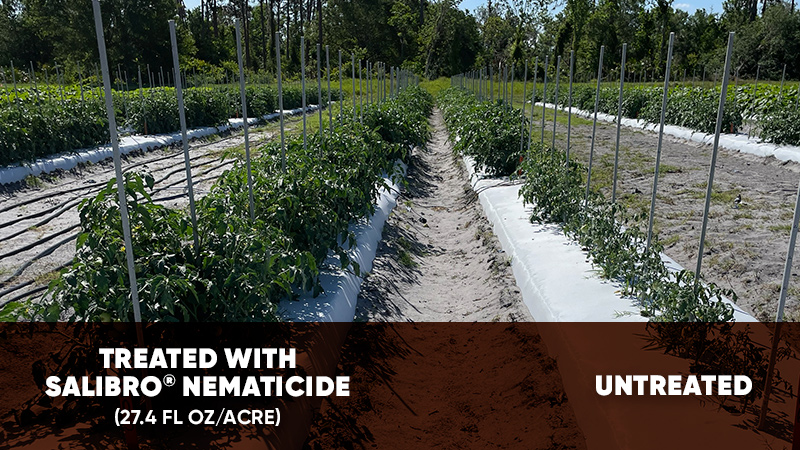Ways New Tech Can Make Agriculture More Accessible To Prospective Farmers

Agriculture is an aging industry. With more farmers leaving the ranks than joining, feeding the world will become increasingly difficult unless younger people start taking up the profession. How can new technology help?
Digital Paperwork
Many agricultural programs still operate via pen-and-paper systems. Having to fill out physical paperwork deters young farmers from getting credit, alleviating debt, or accessing training programs.
One study of young U.S. farmers found that 59% named paperwork as a barrier to participating in agricultural programs. If applications and accounting move online, more young people will be attracted to farming and view it as a modern profession.
Remote Learning
Farming is a hands-on profession by nature. However, earning an agricultural degree also helps students learn the finer nuances of growing crops or marketing finished products to customers.
Students living in remote areas — especially if they don’t own a vehicle — may feel like a higher education is unattainable. As of 2020, only 10% of people in Sub-Saharan Africa and 41% of those in North Africa and the Middle East were enrolled in a tertiary education program.
However, remote learning has opened up new opportunities to prospective farmers, letting them learn the tricks of the trade without attending school in person. Online classes mean reputable universities can broaden their reach.
Many colleges now offer free online agriculture courses on platforms like Coursera, so students can complete classes without breaking the bank. Even informal education — such as from watching YouTube or Khan Academy videos — can benefit people who want to learn how to farm.
Remote learning can take place anywhere. A rec center or community building can become an online learning space, showing lectures on a screen everyone can see. These videos may be recorded or presented in real time with a classroom facilitator to help guide the class. Students can also complete courses from the comfort of their own homes if they have a laptop or mobile phone.
Knowledge Sharing
One of the biggest barriers to entry into farming is a knowledge gap, since young people breaking into the agriculture field often have yet to gain experience or inherit land. Fortunately, technology can get these burgeoning professionals up to speed.
Online platforms like social media, agricultural sites, and mobile apps can connect young farmers with experienced mentors. This ability is crucial because farming involves a lot of hands-on learning — young farmers can’t find everything online. Talking to an industry expert can give new farmers confidence and help them answer questions about growing corn, raising bees, and more.
Smart Farming
Agriculture has roughly a 60% potential for automation, with activities like harvesting row crops, planting seeds, and irrigating plants easily being automated. Smart farming technology takes some of the burden off of human workers and makes agriculture easier to get into. It reduces the number of tasks any individual farmer must do, making the job less dangerous and physically challenging.
For example, drones can kill flying pests in greenhouses, spray pesticides with high precision, and identify sick plants. Some can even perform tasks without an operator controlling them.
RELATED CONTENT: Report Says Specialty Crop Growers Spending $500,000 a Year on Automation
Internet of Things devices sense the dryness of the soil and automatically water plants. Hyperlocal climate sensors tell farmers when and where to plant crops, which plants to grow and how to get them to harvest before an upcoming drought. Smart monitors control the temperature, lighting, and humidity inside greenhouses and hydroponic operations to keep plants healthy.
Encouraging Budding Interests
To feed expanding populations around the world, more people must take an interest in food production. Many young people want to become farmers — but there are several hurdles to getting them into the field.
The agricultural sector can make farming more accessible by embracing online paperwork, encouraging remote learning, helping share industry knowledge, and broadening the reach of smart technology. There’s plenty of food to go around as long as people are willing to grow it.










